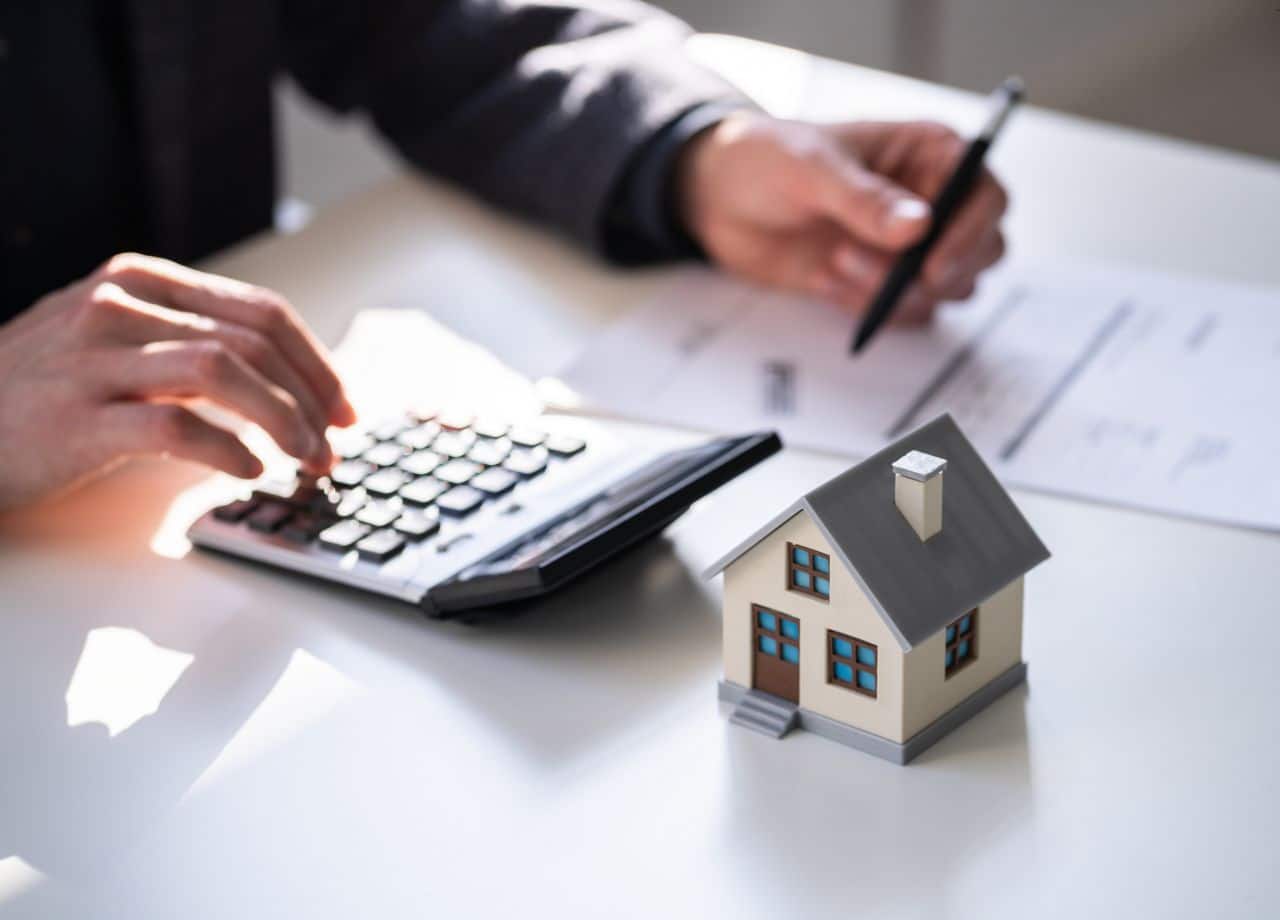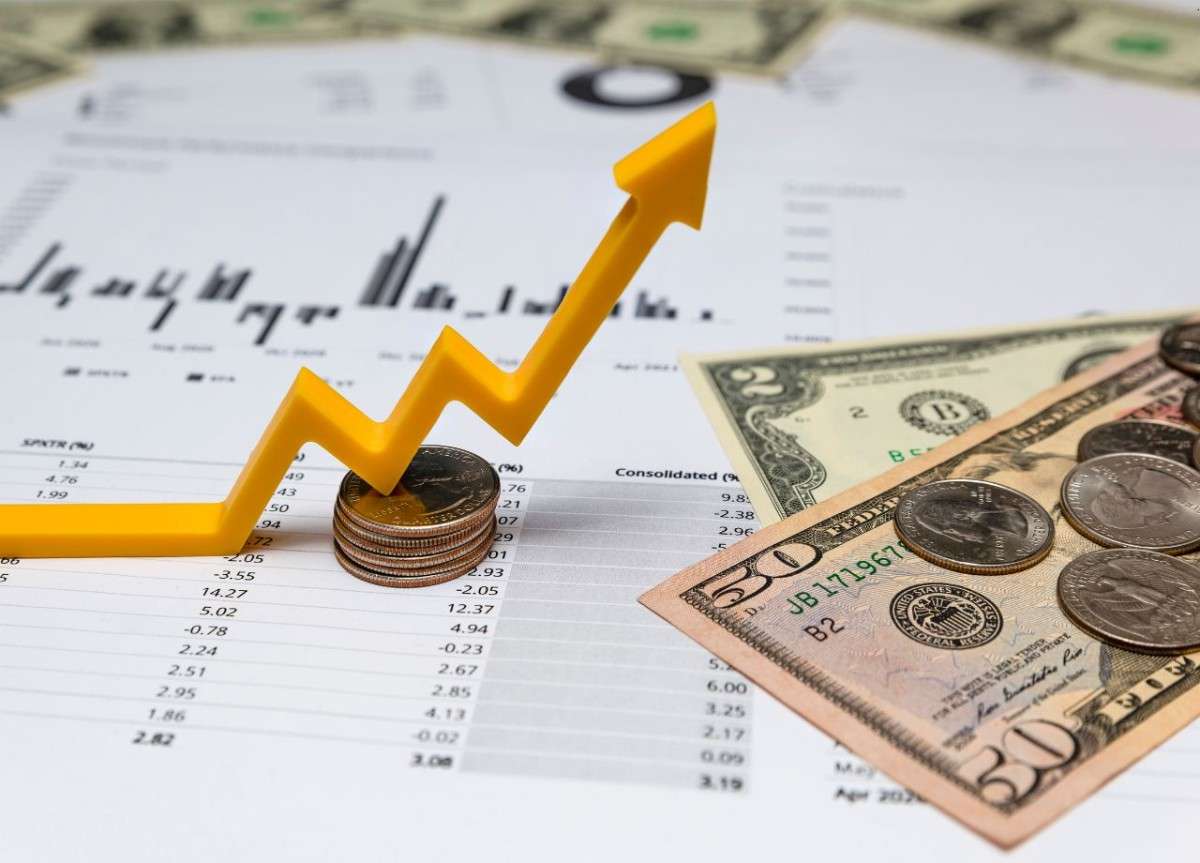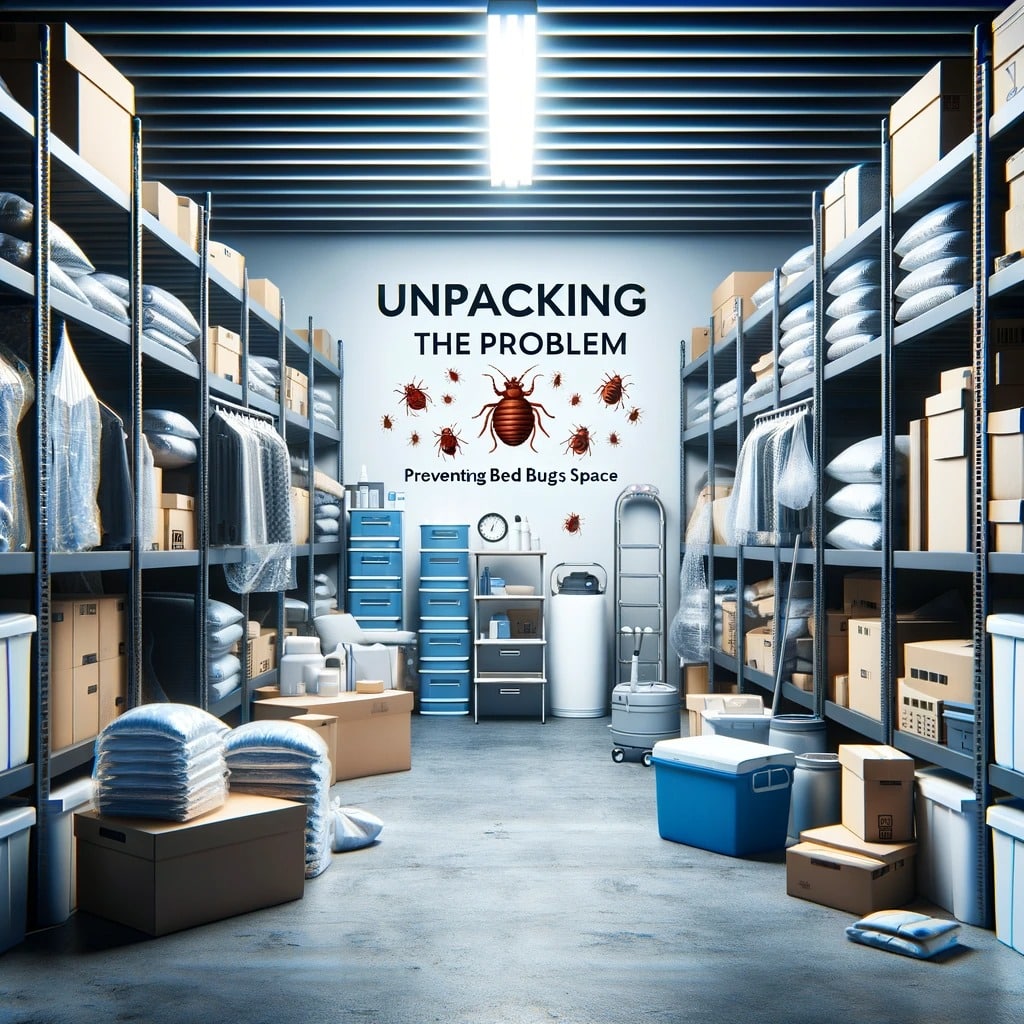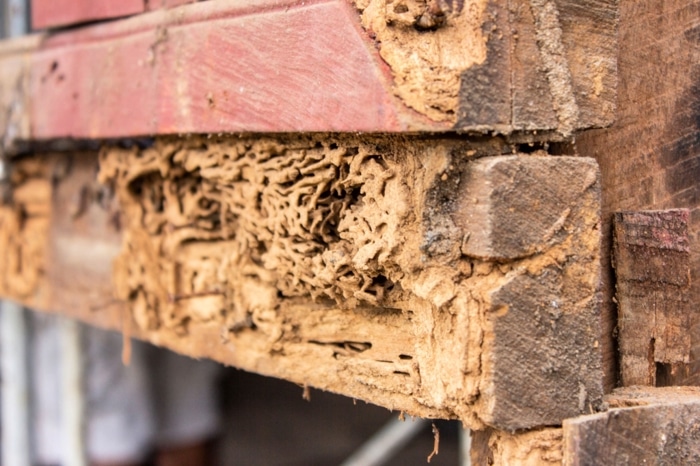Rental income isn’t just about collecting checks each month. A skilled property manager knows that understanding the numbers behind rental income is the difference between a profitable property and a financial headache. If you don’t have a firm grip on how rental income works, you’re flying blind.
But here’s the good news—rental income math isn’t as complicated as it sounds. With the right approach, you can break it down into a simple formula that gives you a clear picture of how much money a property is making and where potential problems might be hiding.

Modern Pest Control, Simplified.
The Formula Every Property Manager Needs
At its core, rental income follows a straightforward formula:
Rental Income = (Total Rent Collected) – (Vacancies + Operating Expenses + Debt Payments)
This formula may look simple, but each part has a major impact on your bottom line. Let’s break it down to see why.
Total Rent Collected: The Number That’s Often Overestimated
A lease might say a unit rents for $1,500 a month, but that doesn’t mean you’re pocketing $1,500 every month like clockwork. Rent collection isn’t always that predictable. Late payments, non-payments, and unexpected lease breaks all chip away at that number.
If you manage multiple units, the numbers get even trickier. One unit might be rented at market rate, while another has a long-term resident paying well below what you could charge today. Maybe you’ve offered a move-in discount or a free month to attract new residents. All of these factors mean that the rent you expect to collect and the rent you actually collect aren’t always the same.
This is where many property managers go wrong. They assume they’ll receive the full rent amount from every unit, every month. In reality, even well-managed properties experience some fluctuation. Understanding this difference helps you plan more accurately and avoid financial surprises.
The Cost of Vacancies: Every Empty Unit Hurts Your Profits
Vacancies are one of the biggest threats to rental income. Every month a unit sits empty, you’re losing money—not just in lost rent, but in additional costs to get the unit ready for the next resident. Cleaning, repainting, minor repairs, marketing, and showings all add up.
Smart property managers aim to keep vacancy rates low. That means:
– Pricing units competitively to attract renters quickly
– Maintaining good relationships with residents so they renew their leases
– Responding to maintenance requests fast to keep residents happy
– Avoiding long gaps between move-outs and move-ins by having a leasing strategy
The more efficient you are at minimizing vacancies, the steadier your rental income becomes.
Operating Expenses: The Often-Underestimated Factor
Operating expenses cover everything from regular maintenance to property taxes, insurance, utilities (if the owner pays them), and even services like pest control. A major mistake many property managers make is underestimating these costs.
For example, you might assume that expenses will only be 20% of rental income, but in reality, they could easily be 40% or more. This is especially true if maintenance issues pile up. A small plumbing leak might seem minor—until it turns into a major water damage issue that costs thousands to repair.
Preventative maintenance is one of the best ways to control costs. Fixing small problems before they become big ones saves money in the long run. Things like regular HVAC servicing, pest control, and keeping up with landscaping might seem like added expenses, but they prevent bigger (and more expensive) issues down the road.
Debt Payments: The Expense That Can Crush Cash Flow
If a property has a mortgage, debt payments must be factored in. These payments typically include principal, interest, and sometimes additional costs like mortgage insurance or HOA dues.
A property might appear profitable on paper, but if the mortgage payments eat up most of the income, cash flow can become dangerously tight. Many property managers focus on increasing rental revenue while also keeping operating expenses low to maintain a healthy margin.
Debt payments are often fixed, meaning they don’t change much over time. However, rising interest rates or unexpected property costs can quickly turn what once seemed like a profitable property into a financial drain. This is why it’s crucial to monitor both rental income and expenses regularly to avoid surprises.
Why Cash Flow Matters More Than Gross Rental Income
Some property managers make the mistake of focusing only on the total rent collected, but cash flow is what really matters.
Cash flow is the money left over after paying for all expenses. This determines whether a property is actually making a profit or just breaking even.
A property renting for $5,000 a month sounds great, but if expenses and mortgage payments total $4,800, the real profit is only $200 per month. That’s not much of a cushion for unexpected costs like emergency repairs or sudden vacancies.
How to Maximize Rental Income Without Raising Rent Too Much
Raising rent seems like the easiest way to boost rental income, but if rents are set too high, it can lead to longer vacancies. Instead of focusing only on rent increases, smart property managers look for small changes that can significantly impact revenue.
One of the best ways to increase income is by reducing turnover. The longer a resident stays, the less money you spend on advertising, background checks, and unit prep. Keeping residents happy with quick maintenance responses and a well-maintained property encourages them to renew their lease.
Another way to increase rental income is by adding additional revenue streams. Some property managers charge pet rent, offer reserved parking spots for an extra fee, or set up agreements with internet or cable providers to earn a small commission on referrals.
Rental Income Math in Action
Let’s say you manage a 10-unit apartment community where each unit rents for $1,500 per month. On paper, the total potential rent is $15,000 per month. But here’s how the numbers actually play out:
Vacancies: If one unit is vacant for a month, total rent collected drops to $13,500.
Operating Expenses: If expenses are 35% of rent collected, that’s $4,725 in monthly costs.
Debt Payments: If the mortgage payment is $6,000 per month, that leaves $2,775 in cash flow.
Now, let’s say two units go vacant instead of one. That’s a loss of another $1,500, dropping cash flow down to $1,275. Add in an unexpected repair, and suddenly, you’re breaking even—or worse, losing money.
This is why rental income math is so important. It’s not just about collecting rent. It’s about understanding how each piece of the equation affects the overall financial health of the property.
The Bottom Line: Know Your Numbers, Maximize Your Profits
Rental income math isn’t just about plugging numbers into a formula. It’s about having a clear picture of your property’s financial health. If you track rent collection, control vacancies, and manage expenses wisely, you can maximize cash flow and keep the property profitable.
For property managers, this isn’t just about spreadsheets—it’s about making informed decisions that keep units full, residents happy, and owners confident in their investment. When you understand the numbers, you don’t just manage properties—you optimize them for long-term success.






